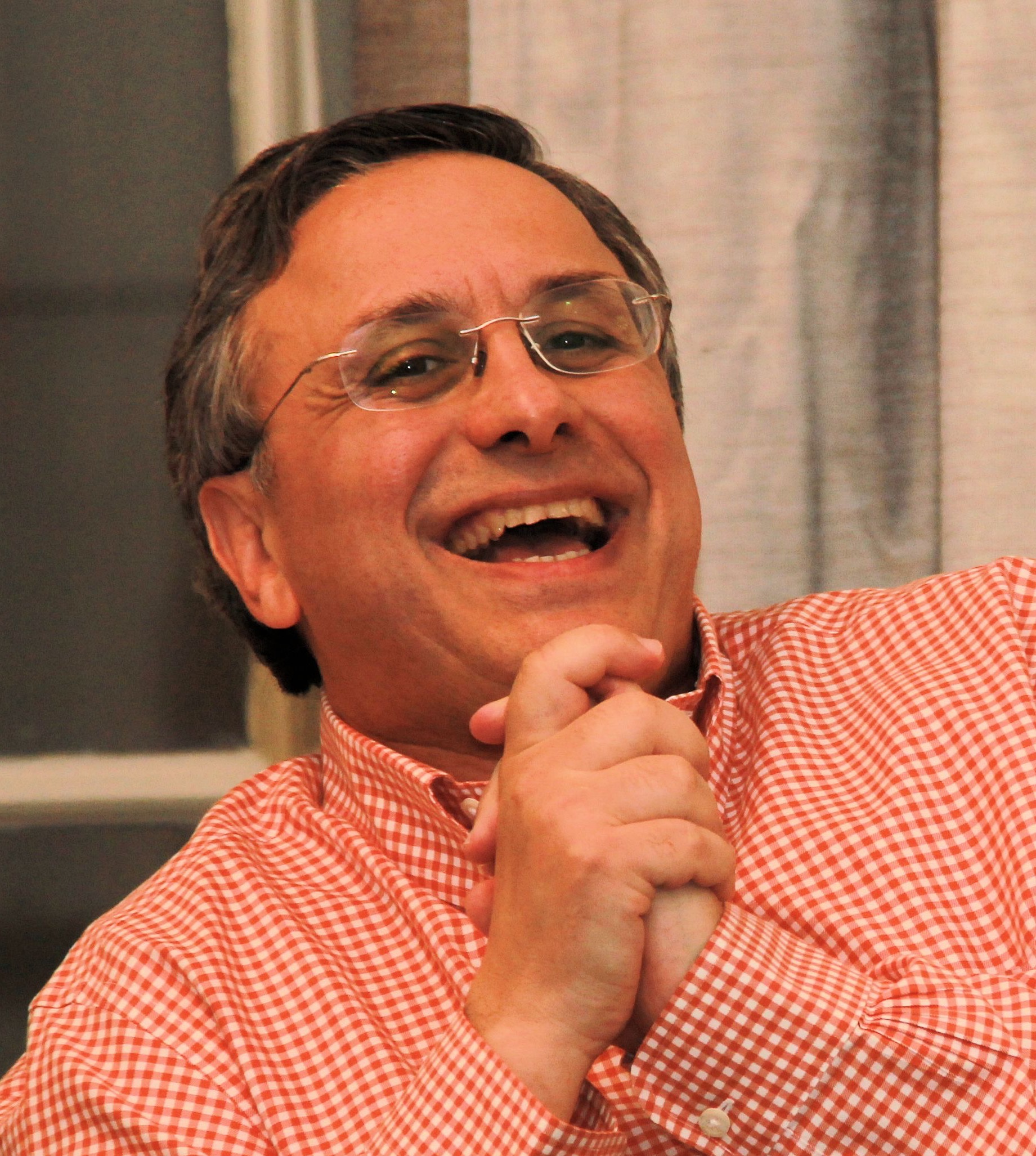“Rilke wrote: ‘Things should be comprehended by us in a most fervent understanding and transformed. Transformed? Yes, for our task is to impress this provisional, perishable earth so deeply on ourselves – so deeply, so painfully, so passionately – that its very essence may rise again invisibly within us. We are the bees of the invisible. Like busy bees we gather the nectar of the visible and accumulate it in the great golden honeycomb of the invisible.’
So, the body for Rilke becomes the place where this transformation takes place. And this is what we start working on from our childhood – only we don’t know it; later on we might become aware of it . Every moment we translate the visible, the nectar of the visible, into that golden honeycomb of the invisible.”
– From Brother David Steindl-Rast’s lecture “Sensuousness and Spirituality” in Esalen.
Sucre, Bolivia

I had just had the best shoeshine of my life! In the central plaza of Sucre, Bolivia, the street shoeshiner meticulously took off the shoelaces. Then, like a true maestro of his craft he did a perfect polish and shine of every corner of the shoe, including the tongue and the rim of the soles, without removing the shoes from my feet. But the detail that captured my attention most, and made me realize what an unparalleled perfectionist he was, was the way he handled the shoelaces after the final shoeshine: My shoelaces are of the flat type, so if you put them carelessly into the eyelets they turn and make ugly wrinkles and waves. Knowing this, the maestro carefully flattened them and with immense concentration threaded them through the eyelets keeping them straight. In the end he managed to leave an equal length of lace on both sides in order to make the perfect knot. I was hypnotized and awed. His movements were graceful, harmonious, effortless. When he finished, my tired shoes looked as if they had just come out of the box.
As soon as I started walking in the beautiful plaza with my perfect shoes, I recalled Brother David’s words from the audio lecture I had listened to the previous evening. Suddenly, I realized that Rilke and Brother David were talking about my shoeshiner! Through his skillful work, like a busy bee, he gathers with each perfect shoeshine the nectar of the visible and transforms it into the Honeycomb of the Invisible: into a perfection of work and an achievement that resides in a domain that is outside this world. Although his work is in the world, it is not of the world – it transcends it.
But what about all those other mediocre shoeshiners who do a clumsy job? How are they transforming things? Well, the other key word is “gathering”: We are all gathering the nectar in our own way, but few truly transform it. Or maybe all transform it in some lesser or higher degree according to their ability.

I then recalled my grandmother’s soup. I remembered my shock at having realized many years ago that my grandmother had made the best soup ever cooked, and that I had just consumed it and it vanished forever! The perfect soup was cooked and then was gone – a flash in the cosmos. The fate of my grandmother’s 9th symphony, unlike Beethoven’s, was to be enjoyed by a few people only once and then disappear. Yet still: it was created! The perfect soup, just as the perfect shoeshine, have appeared in the universe and I had the unique privilege of witnessing and enjoying both.
But where do these creations “go” after they vanish from the visible world? Are the perfect shoeshine and the perfect soup still present in some Platonic Realm of Ideas? Is everything somehow still in Existence simply by having once being brought into existence? Is it possible that whatever we create in linear-time exists eternally in “the memory of the universe,” so that nothing is ever really lost? It seems that the answer to all these questions is to be found in the Honeycomb: the Honeycomb of the Invisible is none other than the Timeless element of whatever we create in Time. And the degree to which our Time-bound existence in this body succeeds in transforming whatever it creates on this Earth into Beauty, Perfection, Harmony – which are Timeless – is the degree to which we succeed in“translating the nectar of the visible, into that golden honeycomb of the invisible.”
If this is so, then it is not even important that some other human sees, experiences, or acknowledges the reality of these transformations – as I did. Even if the great work of the shoeshiner or my grandmother’s soup had gone unnoticed, they would still persist as events in the universe: the transformations they effectuated have added to the golden Honeycomb of the Invisible. For every event that ever happened, every creation, every work, as well as every idea ever conceived, pertain as much to Reality as every material object does. The Reality in which we are embedded encompasses All that ever was.
Ever since that day in Sucre, I sometimes see in my mind’s eye these perfect transformations of the visible, forever filling the little hexagonal cells of a huge Infinite Honeycomb, slowly creating the Invisible Honey of the Creation.

Nicos Hadjicostis is a writer, world-traveler, and former media executive. His award-winning book, Destination Earth – A New Philosophy of Travel by a World-Traveler, is the result of a six-and-a-half-year around-the-world journey during which he treated the world as if it were one huge country, a single destination. To read more, and subscribe to his bi-weekly Tuesday Letters, visit his website.
We invite you to share a story about yourself or another person, reflecting on the question: “How has gratefulness shifted a moment, an experience, or a lifetime?” 
